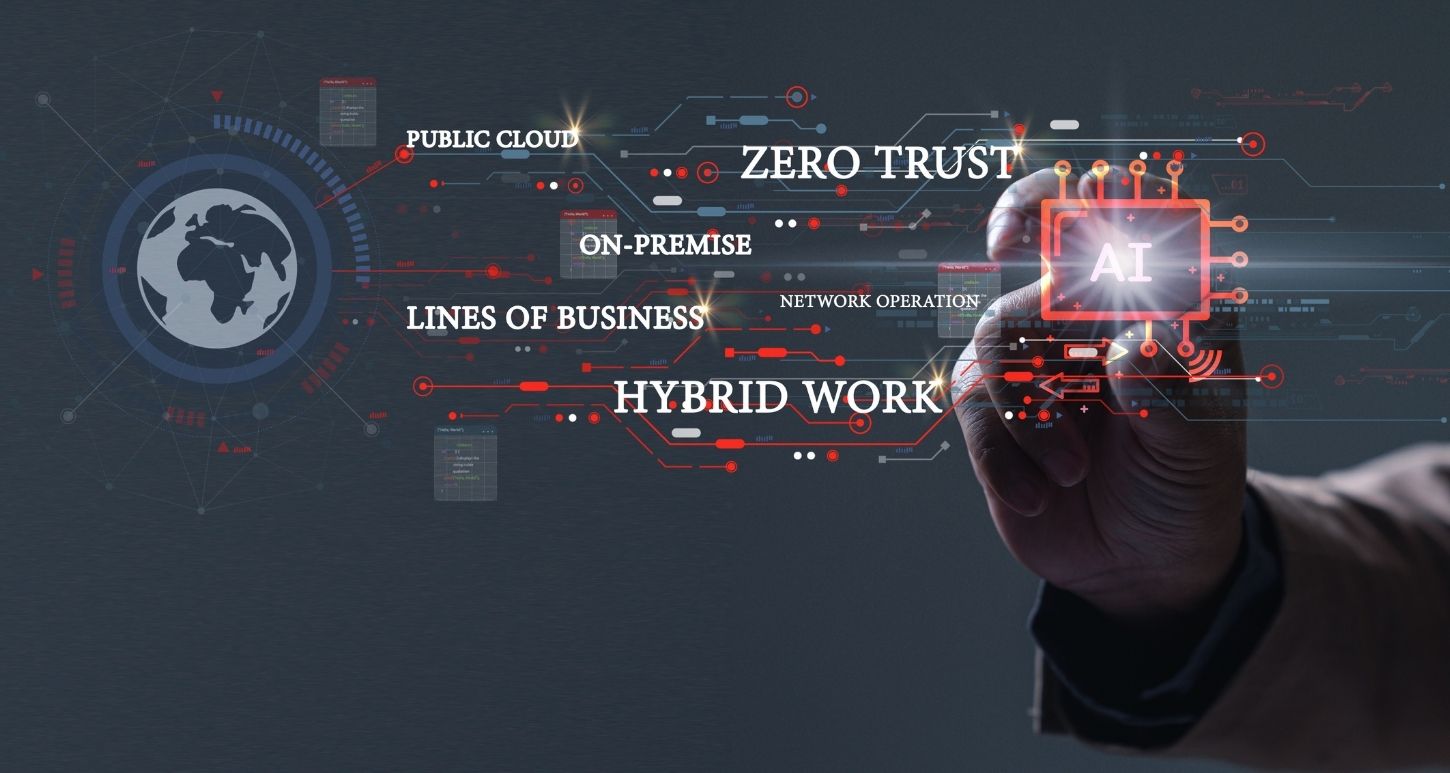Even after meeting with hundreds of customers over the years, it still amazes me how many are spending money to pay for service contracts on assets that have been decommissioned for years. It probably shouldn’t be that surprising when you consider the number of devices and licenses that comprise even the smallest of networks. IT departments are tasked with managing assets that connect, protect and store data for organizations that may span the globe. And because hardware purchases and refresh projects are staggered throughout the year, the process of tracking network additions and decommissions can be burdensome.
As GDT’s Strategic Services Director, this is my department’s singular focus. We’ve been told by most of our key, premier partners that we are one of the few IT and systems integrators that concentrate on what has plagued, and often been ignored by, IT teams for years.
It’s not an easy task
Keeping an inventory of network assets, including their service contract expiration dates, end-of-support dates, physical location et al., isn’t easy. To assist our customer IT teams with this traditionally massive challenge, GDT has built a team of 11 individuals who are dedicated to managing the entire lifecycle of our customer’s IT assets.
Here’s how we do it…and at no cost to our customers, no less
- We implement a vendor agnostic Virtual Network Discovery Platform (GDT Edge) that validates the entire active install base. To verify its accuracy, we compare those findings against OEM’s ship history reports and any inventory data the customer can provide. We then create an agreed-upon install base that can be proactively managed on an ongoing basis.
- We identify areas that will result in OPEX reductions and mitigate risk. We analyze and make recommendations on sparing strategies. We also identify devices in the network that can be supported via an SLA without an RMA component, which typically reduces coverage costs by more than 10%. More importantly, we identify core and critical equipment that needs to be covered under premium service agreements to ensure a prompt replacement product and reduced time to resolution.
- Our team meets with customers monthly to identify any assets that already are,or will be implemented on the network. We then add coverage to those assets at the time of implementation, rather than directly after they ship. We want to ensure the customer isn’t paying for coverage on assets that aren’t currently being used, but will be in the future.
- Our team requests credits for pro-rated coverage on devices that are being decommissioned from the network. We meet quarterly with our customers to identify products/licenses that are coming off of the network and will request a credit for any unused maintenance contracts on those items.
- Through our intuitive, simple-to-use Asset Management portal, customers can access an array of information, including data we’ve cleaned and consolidated related to, for instance, ship-to locations, contract numbers and related data.
It’s very common for companies to save well into six figures once they offload their IT asset management to GDT. For many customers, the reduced OPEX and administration costs GDT delivers is critical to budget control and overall IT strategic planning.
If you have any questions about how to manage your network assets, regardless of which OEMs you’re currently utilizing, I’d love to hear from you. You can reach me at michael.zito@gdt.com




